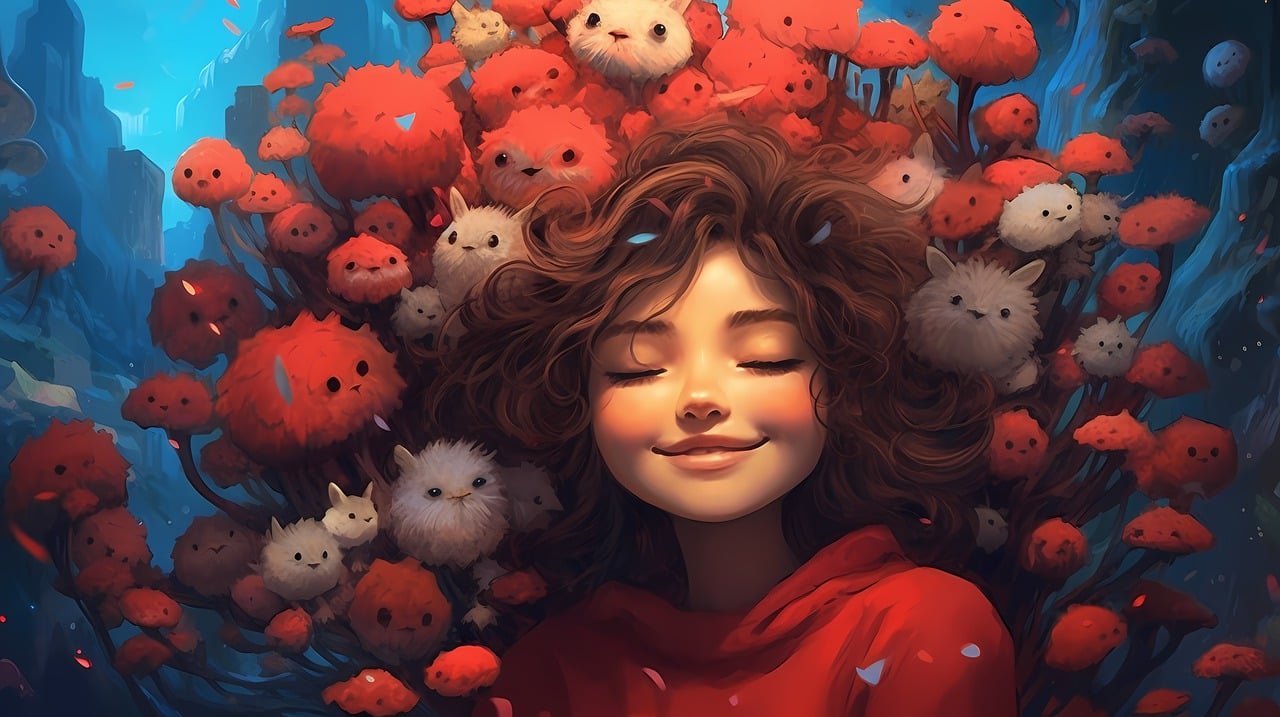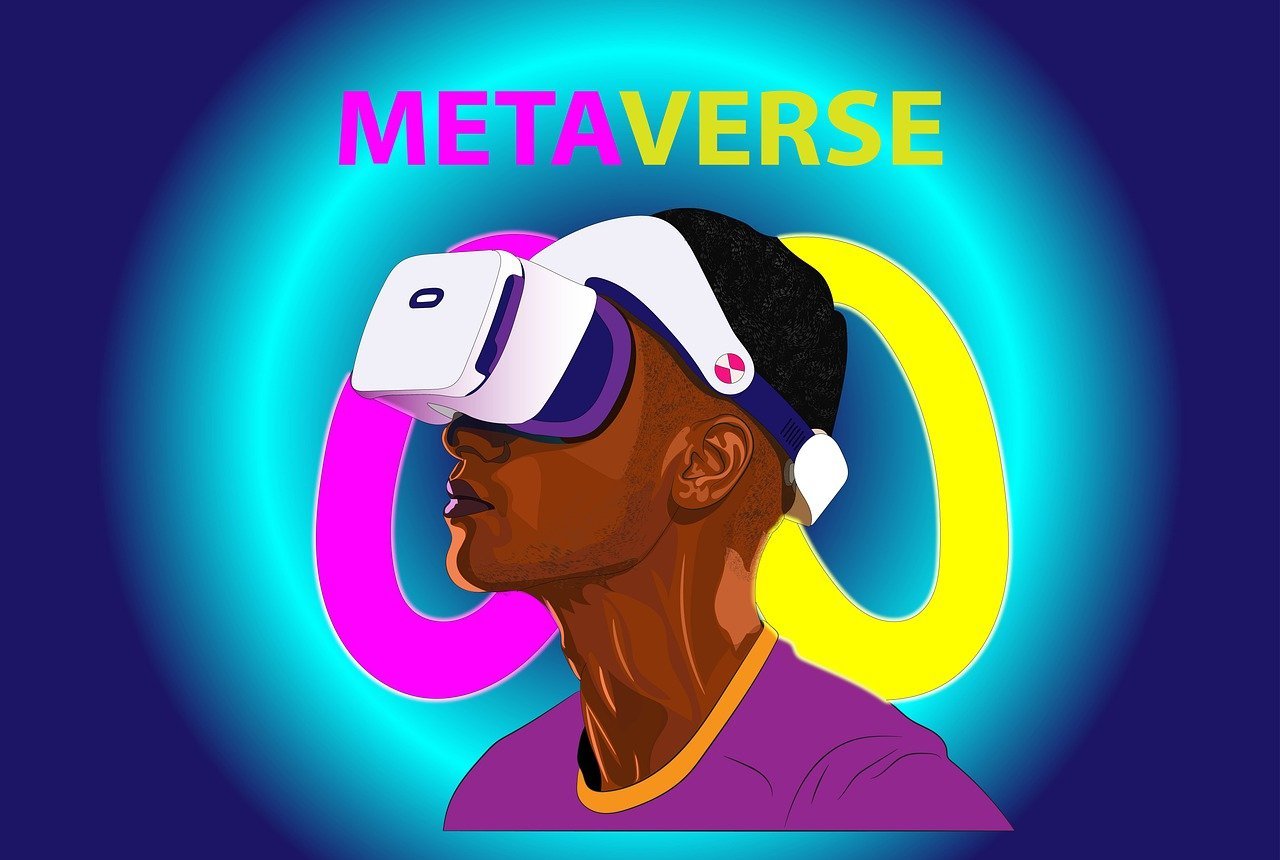Metaverse-based art is a new form of digital art created in virtual worlds, which can be experienced and interacted with using an avatar or a computer. This type of art has the potential to redefine the way people interact and communicate as well as create immersive experiences. In this article, we will discuss how to design Metaverse-based art, what tools are available, and how to get started.
Key Takeaways:
- Metaverse-based art allows for increased accessibility, creative freedom, interactivity, networking opportunities, and social impact.
- Popular software and tools used for designing Metaverse-Based Art include Adobe Creative Suite, Unity, Blender, Unreal Engine Maya, ZBrush Substance Painter, and Marmoset Toolbag.
- Steps to creating Metaverse-Based Art include learning the basics, researching existing artwork, developing an idea, sketching out a plan, choosing the right tools, gathering assets, and creating the art.
What is Metaverse-Based Art?
Metaverse-based art is a new form of digital art created in virtual worlds, which can be experienced and interacted with using an avatar or a computer.
It is based on the concept of creating immersive experiences that can be accessed from anywhere in the world, allowing artists to express themselves through 3D visuals and soundscapes.
Metaverse-based art often involves creating interactive installations, sculptures, and environments. It can also be used to create digital performances and experiences for audiences.
Why Should You Design Metaverse-Based Art?
Increased accessibility
Metaverse-based art allows artists to create unique, immersive experiences that can be accessed from anywhere in the world.
Creative freedom
Artists have the freedom to express themselves through 3D visuals and soundscapes without being limited by physical constraints.
Interactivity
Audiences can engage with Metaverse-based art in ways that would not be possible with traditional mediums such as painting or sculpture.
Networking
Metaverse-based art provides a platform for artists to network and collaborate with others in the virtual world, increasing their visibility and reach.
Social impact
Metaverse-based art can help raise awareness of important issues and encourage positive social change.
Education
Metaverse-based art can be used to educate audiences about topics they may not otherwise have access to. Users interact with graphic design in the Metaverse and can learn valuable skills such as coding and 3D modeling that will help them in the real world.
Global reach
By creating art in the virtual world, artists can reach a much larger audience than if they were to stay confined to their real-life local area.
Cost savings
Artists can save on costs associated with physical art galleries and exhibitions, such as transportation, storage, and set-up fees.
Tools and Software for Designing Metaverse-Based Art
Adobe Creative Suite
The complete set of creative tools from Adobe is ideal for designing Metaverse-based art, with applications such as Photoshop, Illustrator, and After Effects offering a wide range of possibilities.
Unity
Unity is an advanced game engine that allows art lovers to create interactive 3D experiences in virtual worlds.
Blender
Blender is a free and open-source 3D animation software that can be used to create stunning visuals for Metaverse-based art.
Unreal Engine
The Unreal Engine is a powerful tool for creating immersive worlds and interactive experiences in virtual reality, extended reality, and augmented reality.
Maya
Maya is an industry-standard 3D animation and visual effects software that can be used to create high-quality visuals for virtual worlds.
ZBrush
ZBrush is a digital sculpting tool designed specifically for creating 3D artwork in the virtual world.
Houdini
Houdini is a powerful 3D animation and simulation software used for creating realistic effects in virtual worlds.
Substance Painter
Substance Painter is a texturing and painting software that can be used to create detailed textures for 3D models in digital environments.
Marmoset Toolbag
Marmoset Toolbag is a real-time rendering and lighting engine designed to help artists bring their creations to life in the virtual environment.
How to Design Metaverse-Based Art
Learn the Basics
Before getting started with Metaverse-based art, it is important to become familiar with the tools and software used in creating these digital works of art.
Learning the basics will help ensure that your work is of high quality and captures what you are trying to convey.
Research
It is important to take the time to research Metaverse-based art, looking at different examples and styles of artwork that have been created previously.
This will help give you inspiration for your work and provide insight into what techniques are used in creating these pieces of art.
Develop an Idea
Once you have an idea of what you want to create, start developing it further. Consider the story and atmosphere you want to convey, as well as how the audience will engage with the art.
Sketch Out a Plan
Once you have developed your idea in more detail, write down a plan or sketch out what you envision your artwork to look like so that you can refer to it while creating your piece.
Choose the Right Tools
Select the right tools and software for creating your masterpiece, taking into account what type of artwork you plan on making.
Gather Assets
Start gathering the assets you will need for your art, such as textures, sounds, models, etc. You may need to create some of these yourself or purchase them from an online source.
Begin Creating
Begin bringing your artwork to life in the digital world and then the physical world, using the assets you have gathered and the tools and software you have chosen.
Test It Out
Once you are happy with how your art looks, test it out by having someone else experience it. This will help you identify any problems and make adjustments where necessary.
Final Tweaks
Once the artwork has been tested, make any final tweaks and adjustments before launching it to any popular Metaverse platform.
Share Your Artwork
Share your art with physical and digital worlds by uploading it to social media or other platforms for others to experience!
How Important is the Metaverse to the Future of Art?
- The metaverse has the potential to revolutionize the art world by providing a platform for artists to create unique and immersive art that can be experienced virtually from anywhere in the real and digital worlds.
- It allows artists to experiment with more interactive, multimedia forms of art, thus expanding their creative possibilities.
- Through the metaverse, artwork can be experienced by a much larger audience, enabling more people to appreciate and be inspired by the art.
- It could facilitate collaboration between artists from different parts of the world, allowing them to work together on projects or combine their respective styles.
- The metaverse virtual space provides an opportunity for artists to experiment with new technologies such as augmented reality (AR) and virtual reality (VR), creating art that has never been possible before.
- It could open up new opportunities for artists to monetize their work, as they can create custom experiences or sell digital assets such as textures, models, and more.
- Metaverse-based art could be used to raise awareness of important issues in society and educate audiences about topics they may not otherwise have access to.
- It could help reduce costs associated with physical art galleries and exhibitions, allowing artists to save on transportation, storage, and other fees.
Bottom Line
The metaverse digital environment is a revolutionary platform with the potential to revolutionize the art world by providing artists with new tools, opportunities, and experiences.
Taking advantage of these advancements, artists can create immersive works of art that can be experienced virtually from anywhere in the world, opening up new possibilities for collaboration, monetization, education, and more.
Interior design, architecture, and other areas of creativity could also benefit from this new blockchain technology, making it an important part of the future of art.
The metaverse could be an important technology for the future of art and should be closely monitored as it continues to evolve.




